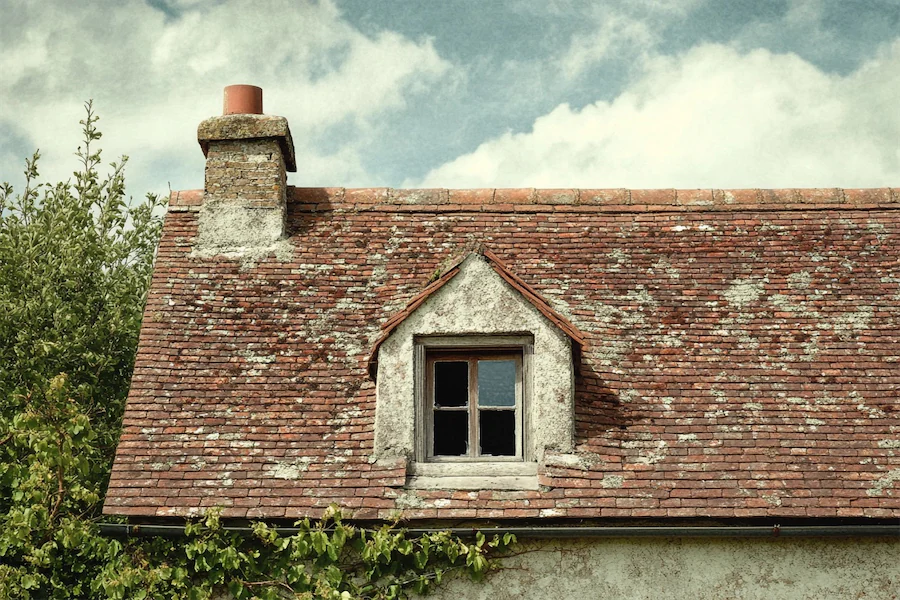Farmhouse architecture is celebrated for its blend of simplicity, functionality, and rustic charm. A key element that defines the aesthetic and performance of a farmhouse is its roof design. The choice of roof style and materials not only influences the visual appeal but also affects durability and maintenance.
Key Roof Styles for Farmhouses
- Gable Roofs: Featuring two sloping sides that form a triangular shape, gable roofs are a hallmark of farmhouse design. This classic style facilitates efficient water runoff and provides ample attic space. The simplicity of gable roofs complements the straightforward, functional ethos of traditional farmhouses.
- Gambrel Roofs: Recognized by their two-sided slopes, with each side having a shallower upper slope and a steeper lower slope, gambrel roofs offer additional headroom in the attic or loft areas. This design is reminiscent of traditional barns, reinforcing the farmhouse’s rural roots.
- Shed Roofs: Comprising a single sloping plane, shed roofs provide a minimalist and modern twist to farmhouse architecture. This style allows for higher ceilings and larger windows, enhancing natural light within the interior spaces.
Popular Roofing Materials for Farmhouses
- Metal Roofing: Metal roofs, particularly standing seam designs, are favored for their durability and low maintenance. They offer a sleek appearance that complements both traditional and modern farmhouse aesthetics. Metal roofing materials, such as steel and aluminum, can last over 50 years, providing long-term protection.
- Wood Shingles and Shakes: Wood shingles provide a classic, rustic look that’s ideal for farmhouse designs. Usually made from cedar or redwood, these roof shingles age to a beautiful silvery gray. Wood is naturally insulating, helping maintain comfortable indoor temperatures. However, regular maintenance is essential to protect against moisture and pests.
- Composite Shingles: Composite shingles are engineered to mimic the appearance of natural materials like wood or slate while offering enhanced durability and lower maintenance. They are resistant to common issues such as cracking, warping, and algae growth, making them a practical choice for homeowners seeking both aesthetics and longevity.
Considerations for Selecting a Farmhouse Roof
- Climate Adaptation: The local climate plays a significant role in determining the most suitable roof style and materials. For instance, metal roofs are ideal for areas prone to heavy snowfall due to their ability to shed snow efficiently, while wood shingles may be more appropriate in milder climates.
- Maintenance Requirements: Different roofing materials have varying maintenance needs. Wood shingles require regular treatment to prevent decay and insect infestation, whereas metal roofs demand periodic inspections for rust and fastener integrity. Understanding these requirements is crucial for preserving the roof’s longevity and appearance.
- Aesthetic Harmony: The roof should harmonize with the overall architectural style and color palette of the farmhouse. For example, a traditional white farmhouse with black trim pairs well with a dark metal roof, creating a cohesive and visually appealing look.
Conclusion
The roof is a defining feature of farmhouse architecture, influencing both the visual appeal and functional performance of the home. By carefully selecting a roof style and materials that align with the local climate, maintenance capabilities, and desired aesthetic, homeowners can enhance the charm and durability of their farmhouse.
